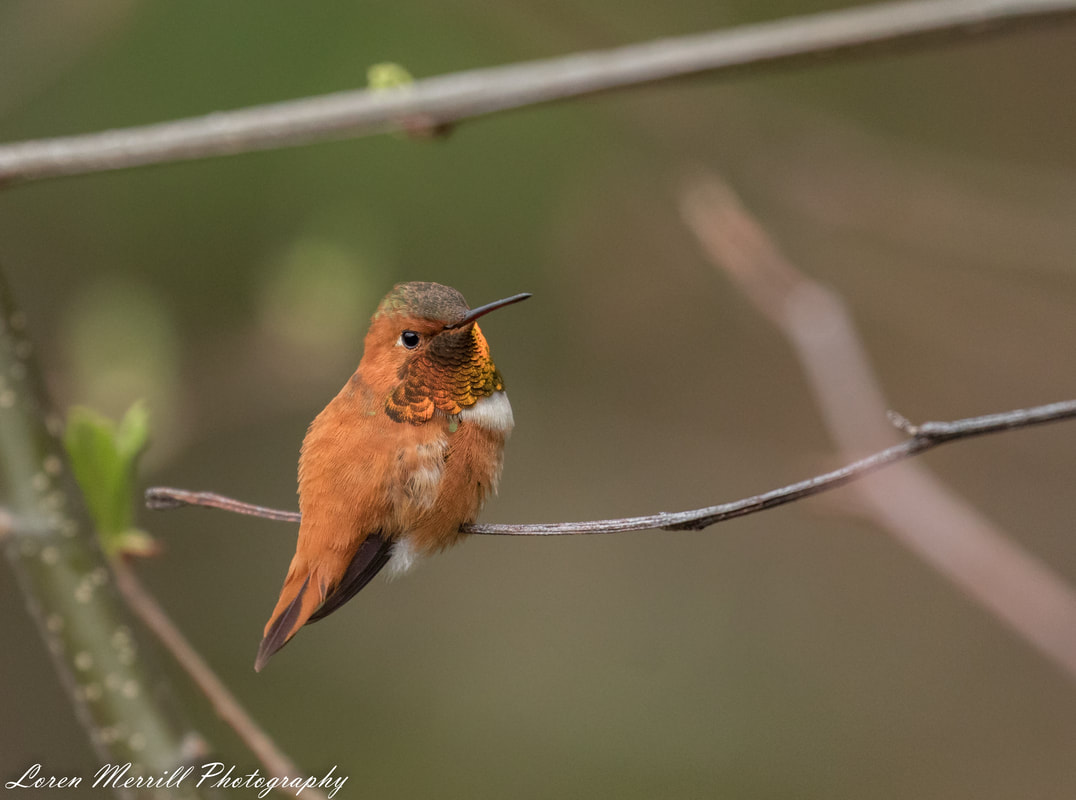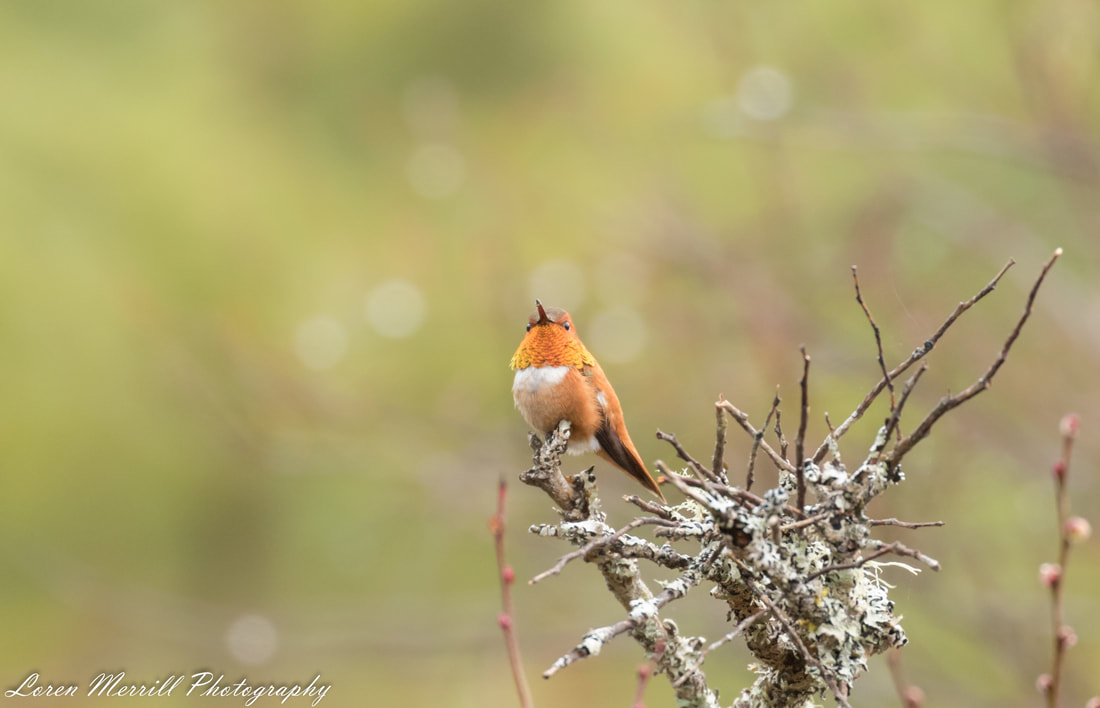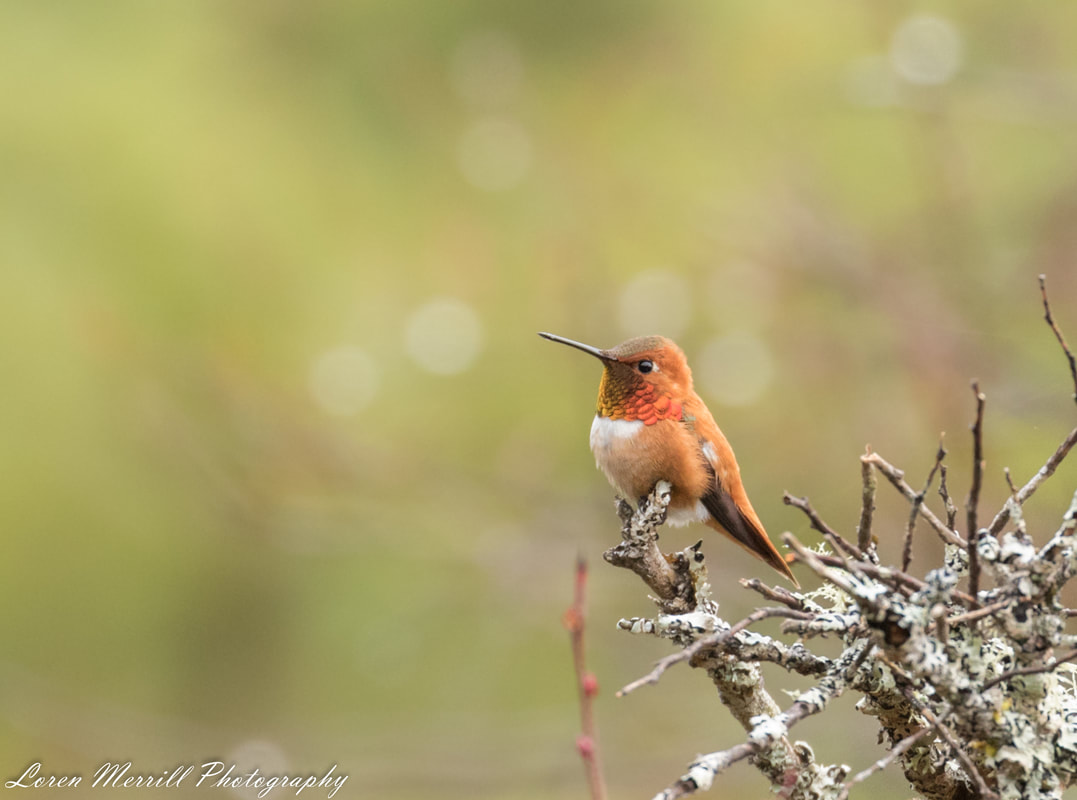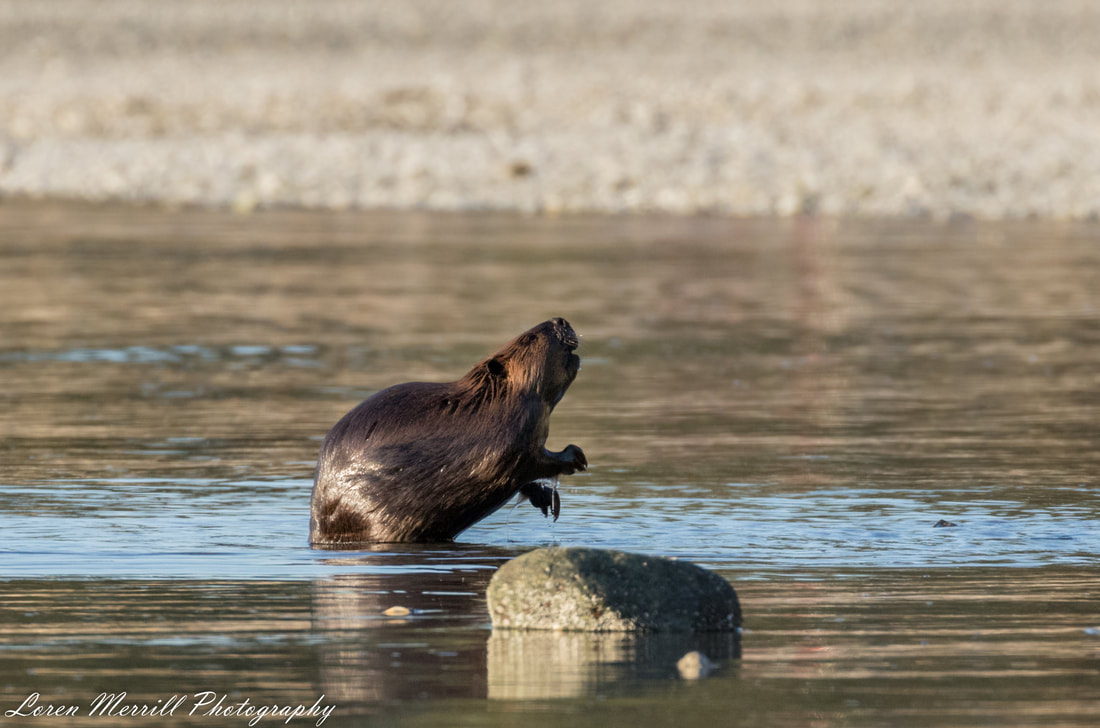|
“View vignettes” are a collection of short stories centered around images I’ve taken over time. This short-story format is a recurring theme in which I’ll cover my outdoor observations more broadly, although in less detail than normal posts. We left our home on Quadra Island a few days ago, and are currently making our way north towards Bella Coola. We had an amazing final day on Quadra in which we spent the afternoon with a pod of hunting Orcas, but I’ll return to that in the next post. Today I’ll add a few short stories in the View Vignettes style, and once we’re settled in to our new home I’ll be able to return to longer posts. Return of the Rufous A few weeks back, I noticed a distinct humming sound emanating from some wild currant bushes. I had just emerged from one of the trails close to our place on Quadra, and the bushes bordered a nearby house which was outfitted with a hummingbird feeder. I looked around the bushes (but not too closely—nobody likes it when a stranger with a big camera is peering towards your windows…) and saw a flash of orange and rufous—a male rufous hummingbird. These birds winter in the southern parts of the US and throughout much of Mexico, and then in early spring, they migrate north along the west coast to their breeding grounds in the Pacific Northwest. When they head south again, they typically follow a much more easterly route through the Rocky Mountains, resulting in a large oval-shaped migration. As I mentioned in a previous post, it is thought that one of the major food sources that they use when they first arrive to their northern breeding grounds is sap, which they steal from the red-breasted sapsuckers (who, of course, are stealing it from the trees). But they will happily take over ownership of any hummingbird feeders, and then work tirelessly to chase away other hummingbirds (and bees or wasps). They are one of the feistiest hummingbird species, which is saying a lot! In the time since my initial spotting, I’ve seen or heard rufous hummingbirds almost every day. Their wings make a more metallic hum than the Anna’s hummingbird, so the two species can be distinguished by their wing tones (I’m really trying hard not to make a cheesy pun about cell phone “wing tones” here). Like the Anna’s, the rufous males have a swooping flight display that culminates in J-shaped dive, in which they spread their tail feathers when they reach the bottom of their dive. The tail feathers make a punctuated buzzing sound as the wind passes over them. If the female is impressed, she may allow the male to mate with her, and then she’ll go off on her own to build a nest and raise the nestlings. One of my goals in the Bella Coola area is to find an active rufous hummingbird nest, although they do a pretty good job of concealing them by adding pieces of lichen and moss to make them look just like part of the branch. Future posts will tell if I get lucky. An Unexpected Marine Visitor On the day of the Pacific white-sided dolphin adventure a few weeks back, I had another unexpected mammal encounter. The dolphins had just exited Drew Harbor at Rebecca Spit in a fantastic finale, and I was slowly making my way around the shoreline snapping photos of a group of surf scoters foraging in the now-calm waters. I noticed what looked to be a large nose swimming towards the shoreline about 100m away, and looked through my binoculars to see what it was. At first I thought it was a river otter cruising the harbor, but as the dark body got closer I realized it was an American beaver. Beavers are the largest North American rodent, and are one of the few animals that engineer the surrounding environment to suit their needs. They do this by building dams across streams and small rivers, which then flood the upstream area. Beavers are common now across most of North America, although they were extirpated from many areas during the 1600-1800s due to intensive trapping for their valuable fur. In spite of their current abundance, they are rarely seen except at dawn and dusk. On top of that, they typically reside in freshwater bodies. They clearly navigate across salt water when dispersing to or from islands, but the only other time I found evidence of beaver activity around salt water was 25 years ago, and it was one beaver-felled tree in a small cove in Maine. Having one emerge from the ocean in the late afternoon was therefore quite a surprise. I squatted down low and waited to see what the beaver would do. Beavers have pretty poor eyesight, but excellent hearing and smell, and I hoped that the slight wind wouldn’t carry my scent to the beaver. The beaver emerged from the water and took a few tentative steps onto the muddy shore. It then reared up on its haunches and sniffed at the air. It turned its head from one side to the other sniffing, and then took a few more steps onto shore and repeated the maneuver. It was facing the wooded edge of the beach, and after a few moments, it turned around and entered the water again. It swam a little ways towards me, slowly lumbered out of the water, and performed the sniffing routine again. I was fascinated by this unusual behavior and after considering a few options, decided that the beaver was most likely either smelling for trees or sniffing out a new home. Beavers will travel relatively long distances in search of their favorite foods (they love alders, birches, and willows) but I had no idea where this beaver had come from. There was a large estuary on the far side of the harbor but that would have been a least a mile away. If this were a beaver in search of a new territory, it could have traveled quite a distance looking for a suitable pond or stream to call home. Whatever it was sniffing for, it didn’t find it while I was watching. I slowly exited the area in the hopes of not disturbing the beaver, and left it to its mystery mission. Next Week: Orcas!
0 Comments
Leave a Reply. |
About the author:Loren grew up in the wilds of Boston, Massachusetts, and honed his natural history skills in the urban backyard. He attended Cornell University for his undergraduate degree in Natural Resources, and received his PhD in Ecology from the University of California, Santa Barbara. He has traveled extensively, and in the past few years has developed an affliction for wildlife photography. Archives:
|




